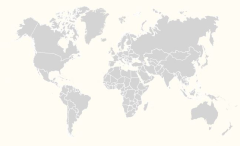Kaibara Ekken or Ekiken, also known as Atsunobu was a Japanese Neo-Confucianist philosopher and botanist.
Background
Kaibara was born into a family of advisors to the daimyo of Fukuoka Domain in Chikuzen Province (modern-day Fukuoka Prefecture). He accompanied his father to Edo in 1648, and was sent in 1649 to Nagasaki to study Western science. At his father"s urging, he continued his studies in Nagasaki as a rōnin from 1650 through 1656.
After his father"s death in 1665, he returned to Fukuoka.
Career
He then re-entered service to Kuroda, which led to his continuing studies in Kyoto. Kaibara"s science was confined to Botany and Materia medica and focused on the "natural law". Kaibara became as famous in Japan as people such as Charles Darwin when it came to science.
He advanced the study of botany in Japan when he wrote Yamato honzō,(Medicinal herbs of Japan) which was a seminal study of Japanese plants.
The 19th-century German Japanologist Philipp Franz von Siebold called him the "Aristotle of Japan."
Kaibara was known for his manuals of behavior, such as changing his Confucian ethical system based on the teachings of Zhu Xi (also known as Chu Hsi) into an easy "self-help" manuals. In this context, he is best known for such books as Precepts for Children and Greater Learning for Women (Onna daigaku).
But modern scholarship argues that it was actually prepared by other hands. Although the genesis of the work remains unchallenged, the oldest extant copy (1733) ends with the lines "as related by our teacher Ekiken Kaibara" and the publisher"s colophon states that the text was written from lectures of our teacher Kaibara.".




